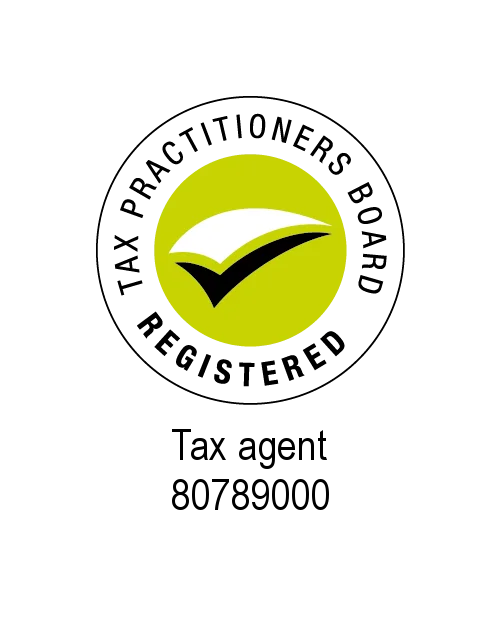5 tips to work productively remotely

5 Tips to Work Productively Remotely
In the current climate, many businesses are needing to make changes to accommodate staff working remotely. If you are able to work from home the ensuing changes to your work habits can be challenging to negotiate, however there are things you can do to ensure that you maintain productivity and motivation while you’re not in the office environment.
Here are five tips to help you effectively set up an office and work from home for what is looking like an extended period of time.
Create a clear working space
While it’s tempting to use your couch or bed as your ‘office’, set up your workstation at a table instead. Not only does this help you stay productive and focused on working rather than chilling, it also establishes clearer boundaries as to where work starts and ends. This can also signal to any family members also home that this space is where you go to work.
Whether you have the luxury of a spare room or just a small nook, ensure the space is clutter-free and well lit. Everything you need should be kept in this area so you don’t have to go searching for it.
Consider the ergonomics of your space
Just as working from your couch or bed isn’t great for productivity, it’s bad for your posture. This can lead to back pain, headaches and neck tension. You also want your wrists and hands to be supported.
Think about what your office space looks like and try to recreate this as much as possible. Use a pile of books or magazines to ensure that the top your laptop or monitor is at (or just below) your eye level. You can add a pillow as a backrest to your chair and a rolled up towel for lumbar support.
Create to-do lists and manage expectations
Studies have found remote workers tend to be more productive yet feel greater stress than those working from a traditional office.i, ii It can be tempting to up your output to prove to your manager or colleagues that you’re working hard while at home.
If you have a manager, check what the expectations are for the day or week, and be open about your ability to achieve these. As your manager can’t see if you’re struggling, it’s important to communicate. Team check-ins or group chats can help to stay across how everyone is progressing. If you manage a team, set up channels such as these to support your team.
To-do lists (whether through Trello, a similar online system or simply written on a notebook) can help you stay on track and focused.
Keep to set working hours as much as possible
Working from home tends to be more flexible. Without a commute, you can start work earlier in the morning and wrap up sooner. Depending on your role and whether you work in a team, you may need to keep the same hours as your co-workers.
If you set your own hours, avoid the trap of working all hours of the day. In the State of Remote Work 2020 Report, 18% of respondents said they felt unable to ‘unplug’.iii Having a desk away from your relaxation spaces can better delineate your ‘office’ and ‘home’, while your to-do list can help you allocate tasks to the next day when you need to switch off.
Look after yourself and your mental health
While remote work can improve workers’ mental health in certain situations, feelings of isolation are also common, especially if you’re unused to working alone. Staying connected to your colleagues, friends and family is important.
Make sure you take time away from your screen and give yourself lunch and tea breaks. Weather permitting, sit outside for your break, or call a friend or family member. As you’re less likely to get incidental exercise, go for a walk or run after you clock off or before you start, and stretch throughout the day (set a timer on your phone to keep to this) to relieve any tension.
Moving from a work environment to working from home is one significant change many are needing to make, as we work together in minimising the impact of the Coronavirus. Be gentle with yourself as you make the necessary adjustments to your routine, social life and work habits.
i https://academic.oup.com/qje/article-abstract/130/1/165/2337855







